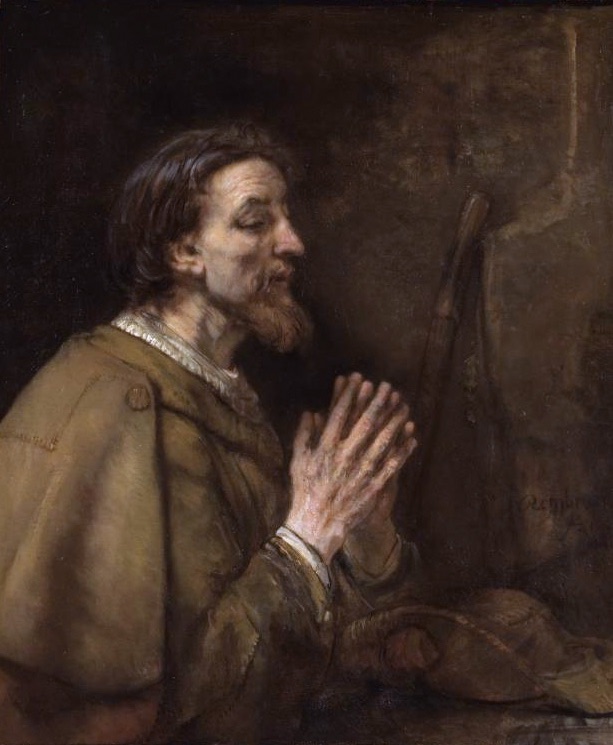Walking the Camino: The Story Behind the Way of St James

We’re just about to set off on our Camino adventure! As we get ready to lace up our hiking shoes and hit the Portuguese Coastal Route, I wanted to share a bit about the history of this famous walk, and why it’s known as the Way of St James.
So, Why Is It Called the Way of St James?
The Camino de Santiago, or the Way of St James, is named after St James the Greater, one of Jesus’s twelve apostles. Legend has it that after his death, St James’s remains were brought to what’s now Santiago de Compostela in Spain. (Santiago is our final destination.) When his tomb was discovered in the 9th century, it quickly became one of the most important pilgrimage destinations in the Christian world—right up there with Jerusalem and Rome.

Saint James the Elder was painted by Rembrandt in 1661.
For over a thousand years, people from all walks of life have made their way to Santiago. Some go for spiritual reasons, others for adventure or a chance to reflect. The Camino isn’t just one path—there are several routes, including the Portuguese Coastal Way that we’re taking, each with its own history and scenery. Along the way, you’ll find medieval bridges, ancient churches, and stone crosses, all reminders of the millions of footsteps that have come before us.
The Camino’s Place in History
Back in medieval times, walking the Camino was a huge deal. Pilgrims would travel for months, facing all sorts of challenges, to reach Santiago. The journey was seen as a way to seek forgiveness, healing, or just a fresh start. Over the centuries, the Camino helped shape the culture and economy of the towns it passed through, bringing people together from across Europe.
Even today, the Camino is about more than just reaching a destination. It’s about the people you meet, the stories you hear, and the simple act of putting one foot in front of the other. Whether you’re walking for faith, fitness, or curiosity, you’re part of a tradition that’s been alive for centuries.
Buen Camino!
